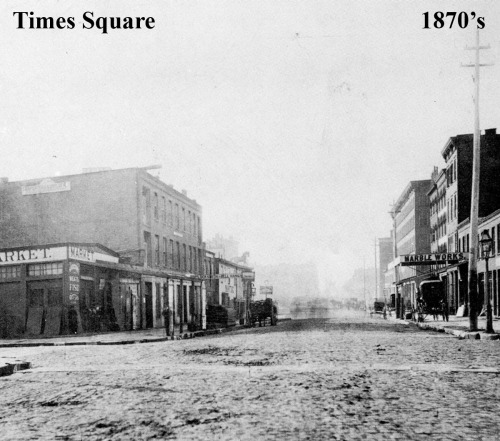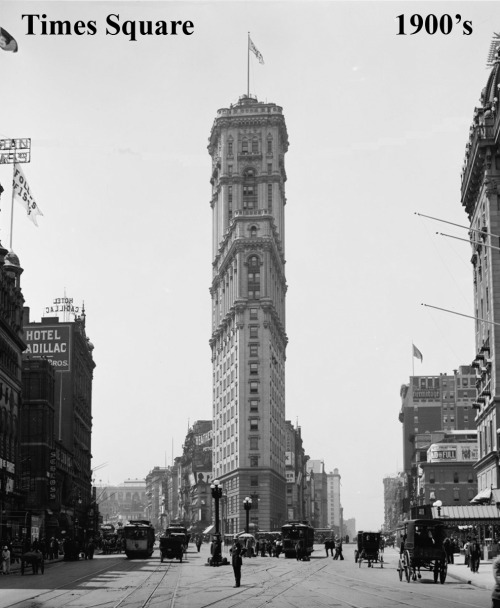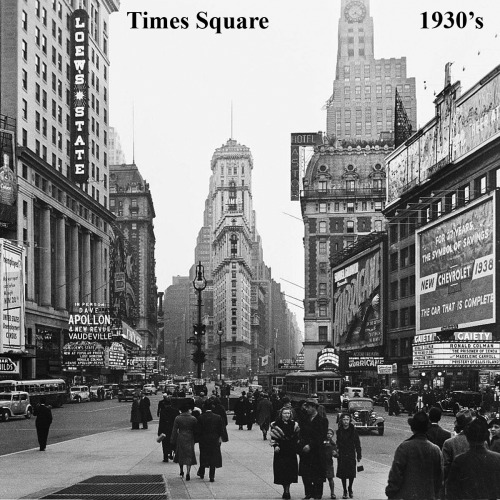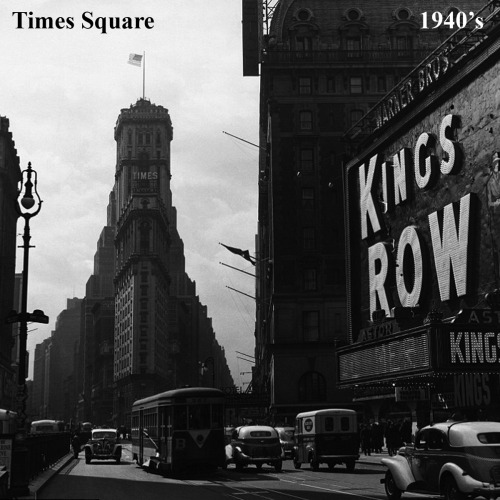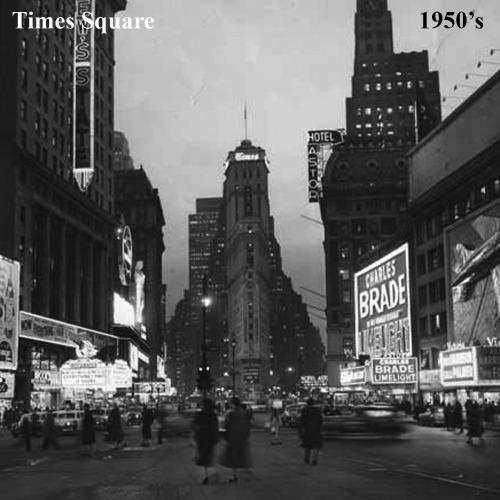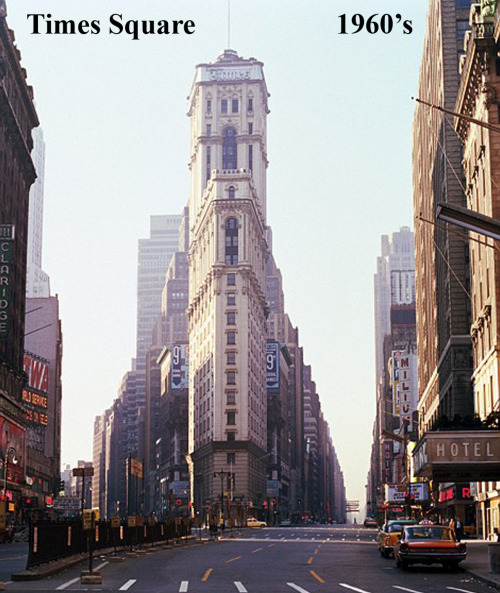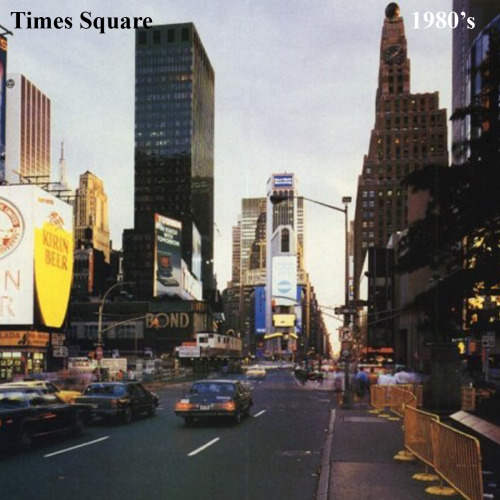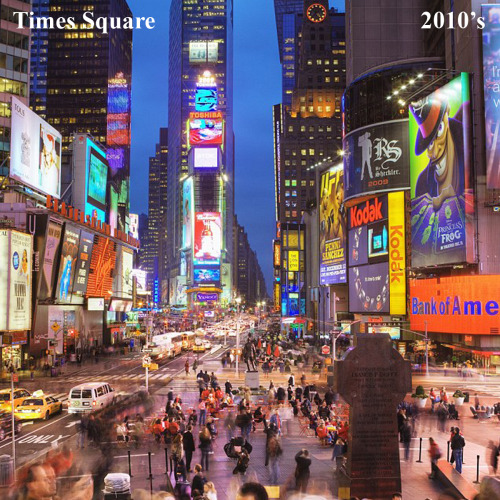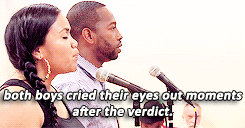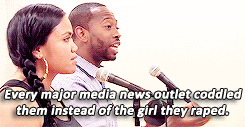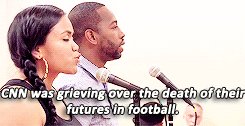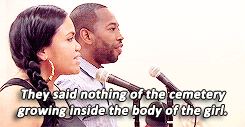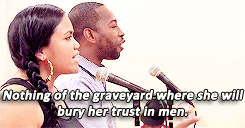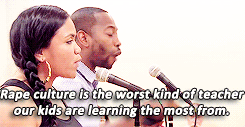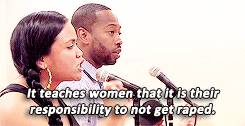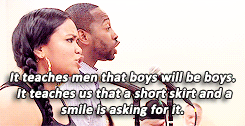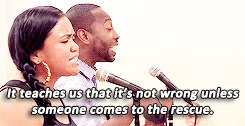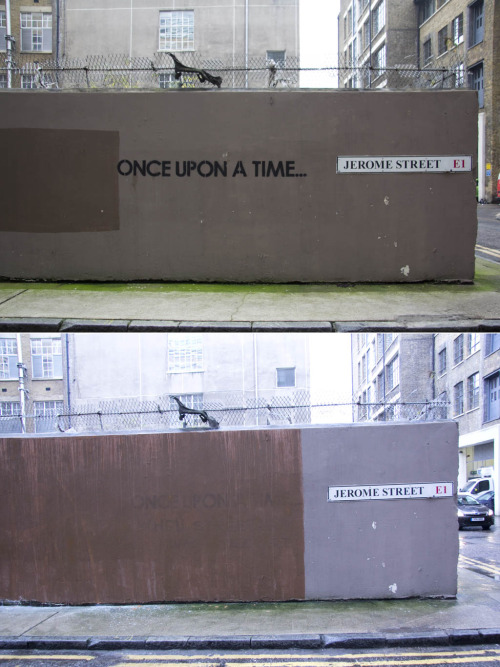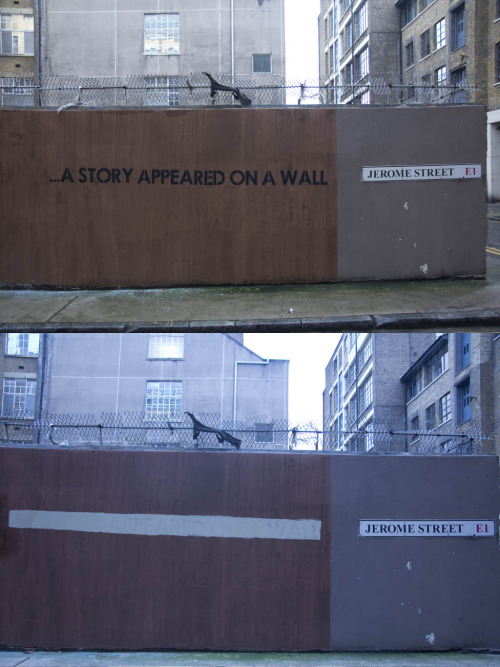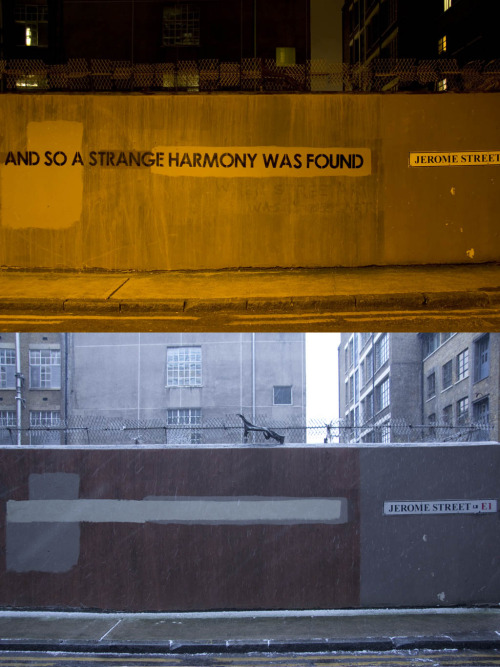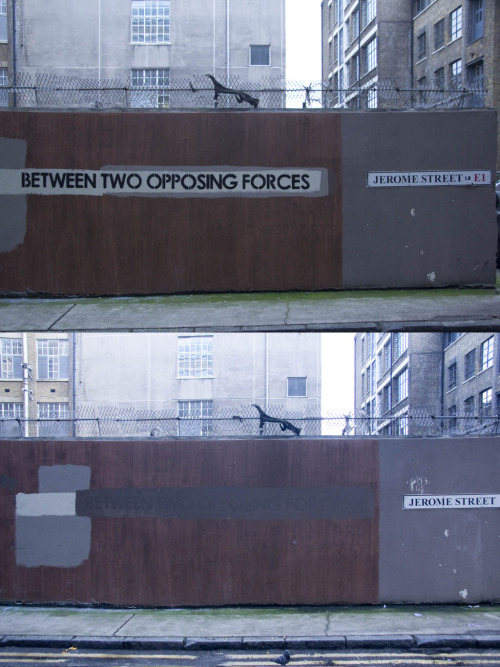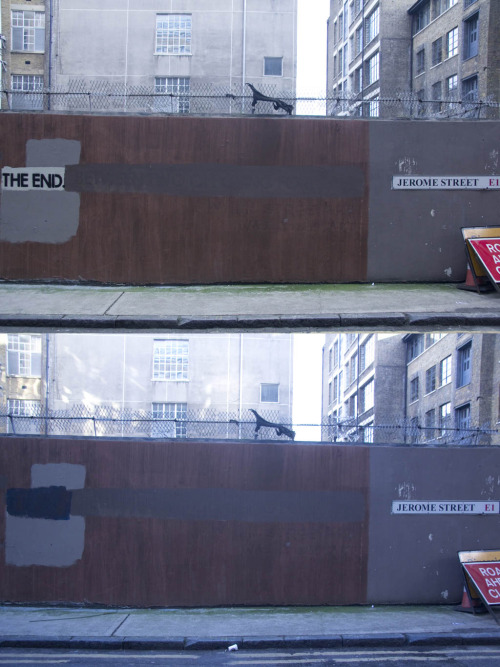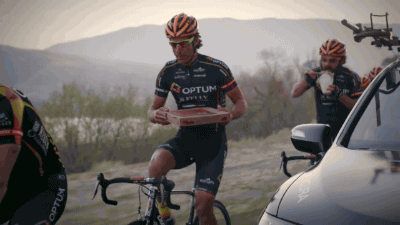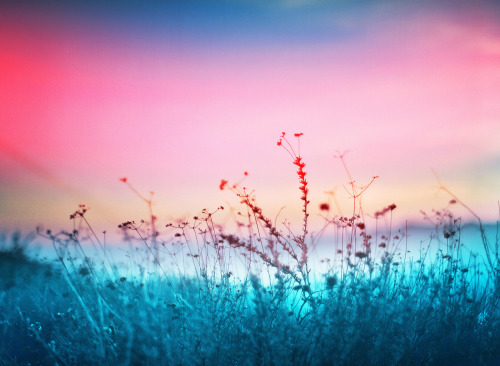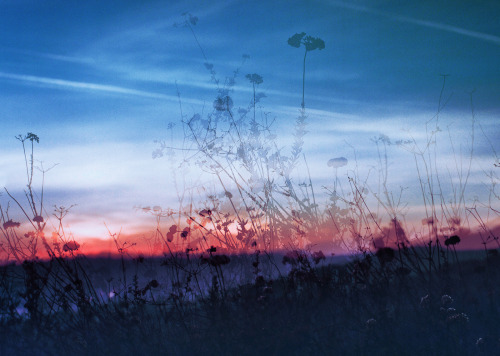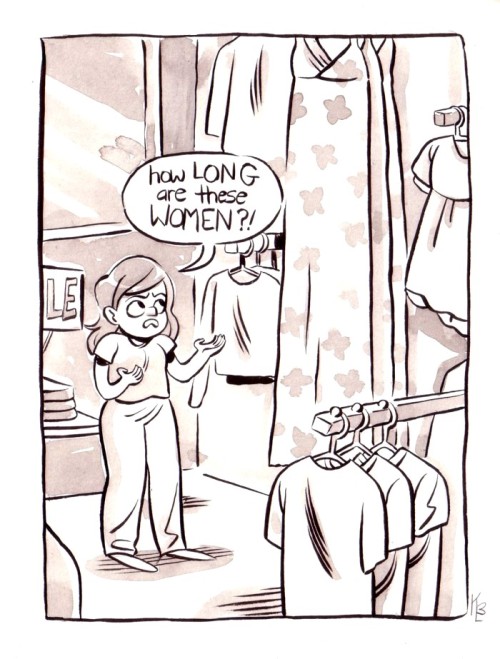Latest Posts by annieandroid - Page 6
Be the person Uncle Iroh knows you can be
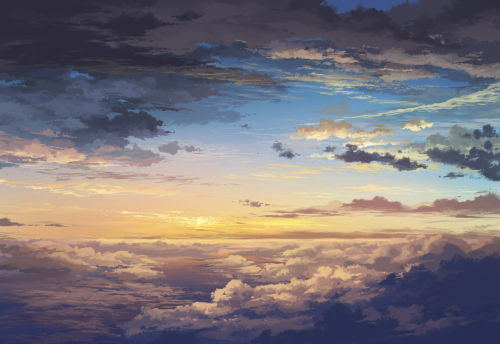
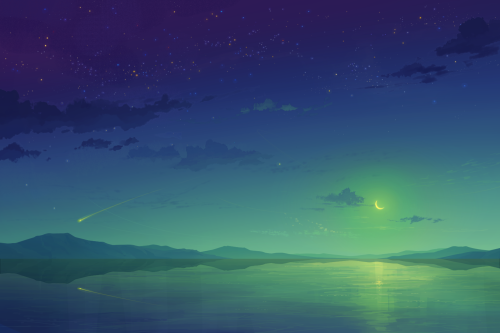

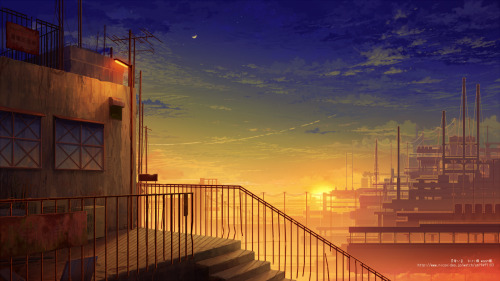

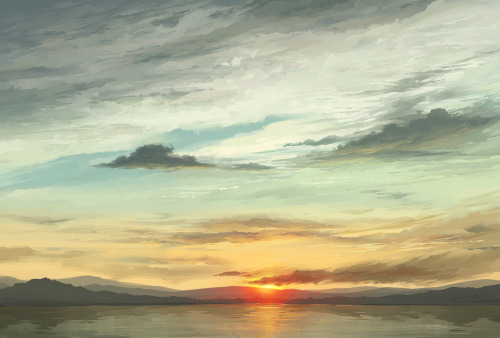

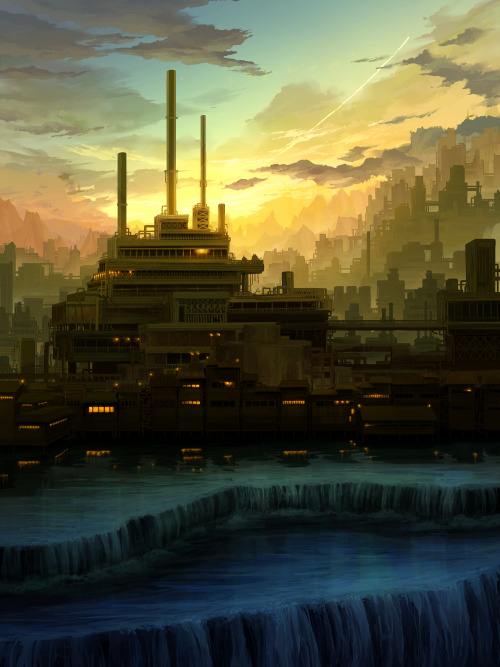
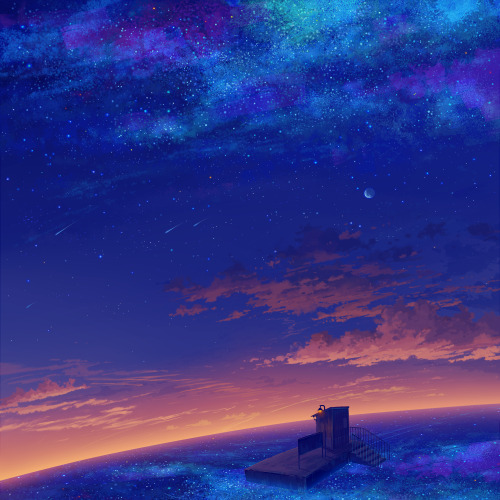
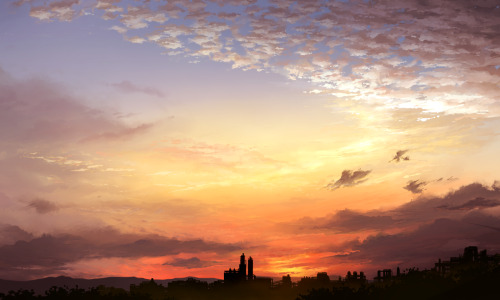
by 止市行










Illustrated poetry: ‘Oh rascal children of Gaza’
Rafah-born author and poet Khaled Juma wrote a heartbreaking tribute to the children of the Gaza Strip amidst the missiles striking his hometown. At least 506 Palestinian children have been killed since Israel commenced its latest invasion of Gaza on July 8, 2014
Photograph #1: A Palestinian boy, who fled with his family from their home during Israeli air strikes, bathes his brother at a United Nations-run school in the Jabalya Refugee Camp in the northern Gaza Strip on July 31, 2014. The school is a designated shelter for Palestinians who were displaced by Israel’s offensive. Photo credit: Mohammed Salem
Photograph #2: A Palestinian girl reacts at the scene of an explosion carried out by the Israeli military that killed at least eight children and wounded 40 more in a public garden in Gaza City on July 28, 2014. Photo credit: Finbarr O’Reilly
Photograph #3: A traumatized Palestinian child is comforted by a man arranging care for him in a hospital in Gaza City following an Israeli air strike on July 9, 2014. Photo credit: Momen Faiz
Photograph #4: A Palestinian child pulls out toys from a box at a local market in Gaza City during a temporary ceasefire on August 6, 2014. Palestinian and Israeli delegations met in Cairo with Hamas demanding an end to the siege on Gaza and Israel demanding a demilitarization of the territory. Photo credit: Lefteris Pitarakis
Photograph #5: A Palestinian boy sleeps at a United Nations-run school in Gaza City on July 14, 2014, after fleeing with his family from their home in Beit Lahya. Photo credit: Mohammed Salem
Photograph #6: Doctors tend to injured children while a young girl sitting on her mother’s lap cries at a hospital in Rafah in the southern Gaza Strip on August 4, 2014. Photo credit: Eyad El Baba
Photograph #7: A Palestinian girl cries while being treated at a hospital in Beit Lahya following after sustaining injuries from an Israeli air strike on a United Nations school in the Jabalya Refugee Camp on July 30, 2014. Photo credit: Khalil Hamra
Photograph #8: Two Palestinians girls celebrate the first day of Eid Al-Fitr on the grounds of a United Nations school in the Jabalya Refugee Camp in the northern Gaza Strip on July 28, 2014. Their families are among the dozens that have fled their homes and sought refuge in the school. Normally, Muslim families in Palestine celebrate Eid Al-Fitr by visiting one another and gifting children with new clothes and shoes. Photo credit: Khalil Hamra
Photograph #9: One-and-a-half year old Razel Netzlream was killed after she was fatally hit by shrapnel from an Israeli air strike on an adjacent home the previous day. Her father carries her body to the funeral in Khan Younis on July 18, 2014. Photo credit: Alessio Romenzi
Photograph 10: A portrait of Shahed Quishta, 8, is fixed to a pillar in her home in Beit Lahya on August 16, 2014, after an Israeli tank fired a shell into the living room. She was killed on July 22, 2014. Photo credit: Khalil Hamra
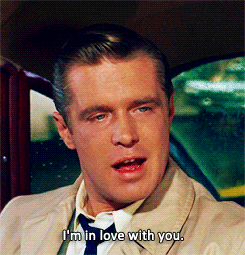



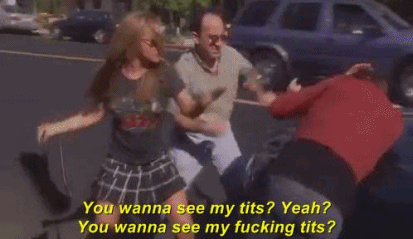





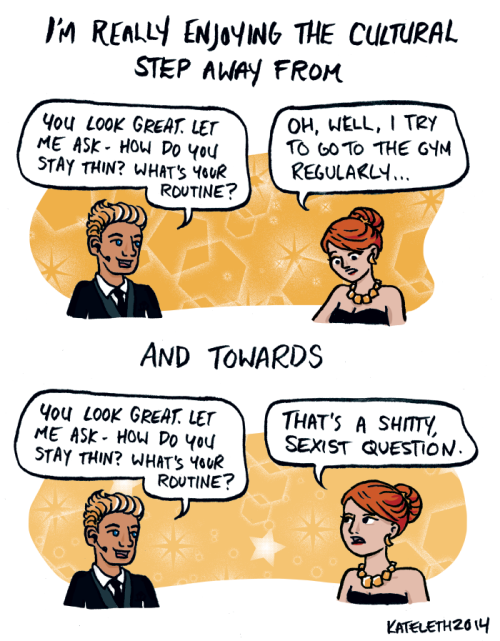
site - facebook - twitter
Do not try to be pretty. You weren’t meant to be pretty; you were meant to burn down the earth and graffiti the sky. Don’t let anyone ever simplify you to just “pretty.”
Things I Wish My Mother Had Taught Me (via bl-ossomed)


Ak-Chin Pavilion, Phoenix, AZ 2014 August 8 Photo Credit: Zack Massey View more here
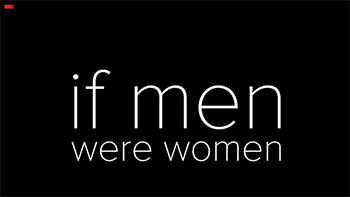


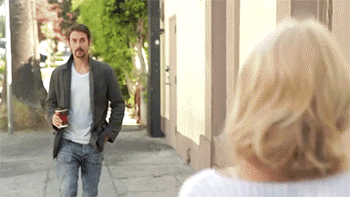


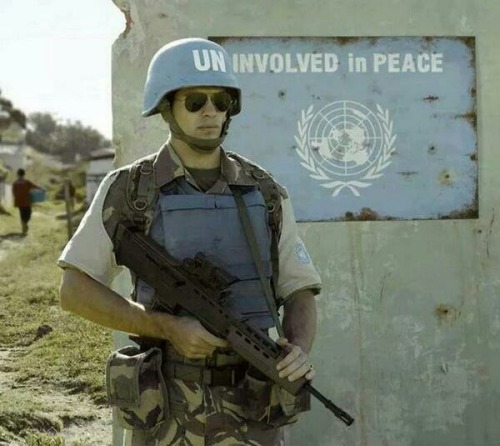
I don’t know shit about photography, but the person who took this shot must be given the highest award of them all.

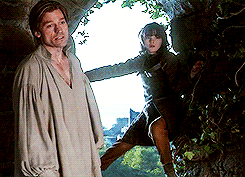
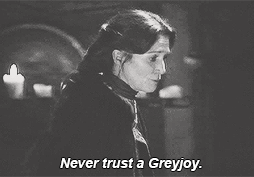
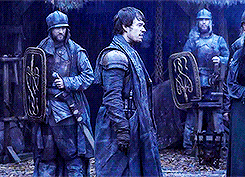

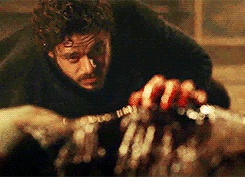
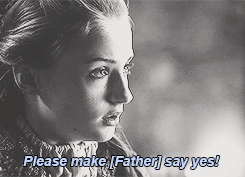
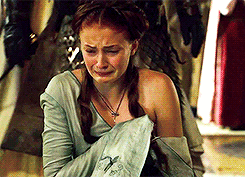
a game of stark children not listening to their fucking mother
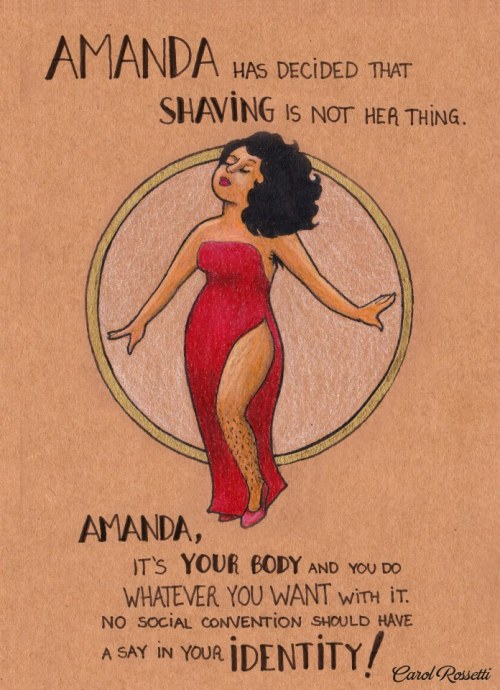
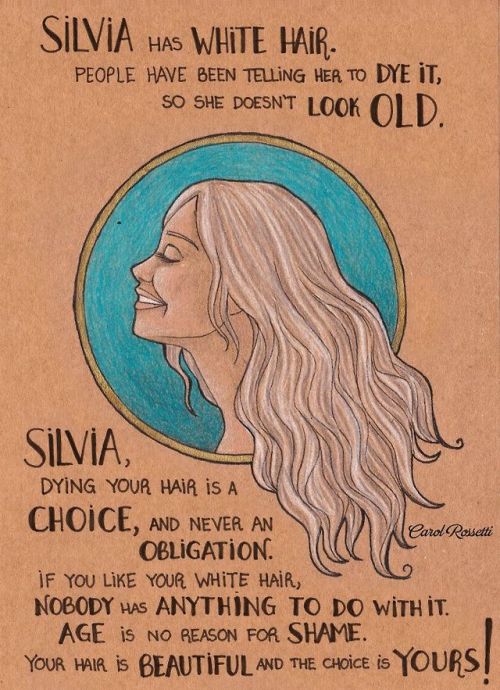
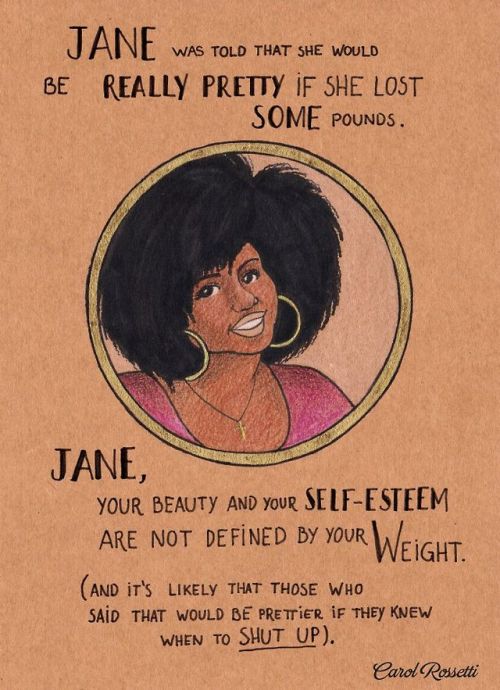
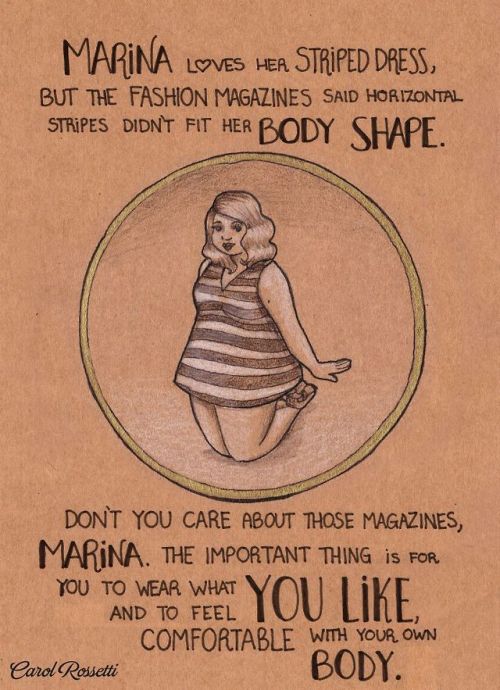

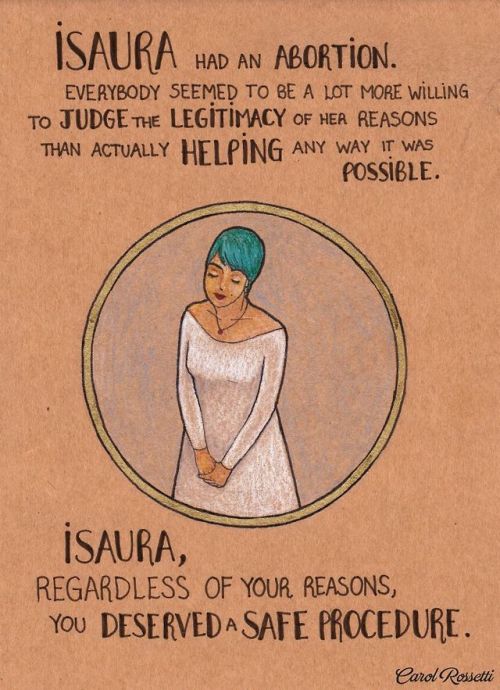

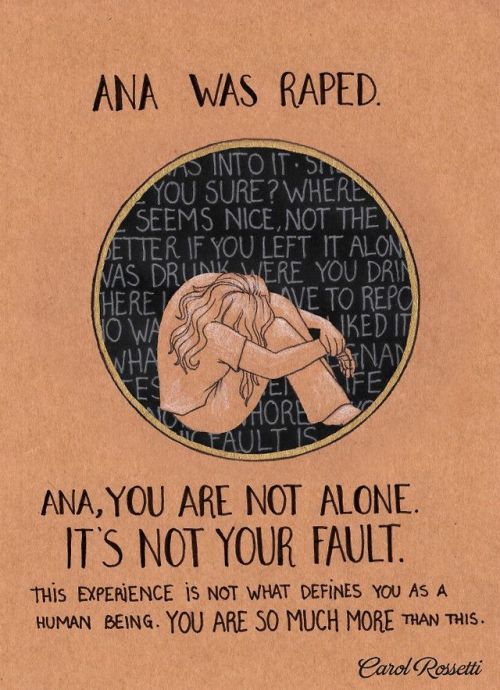

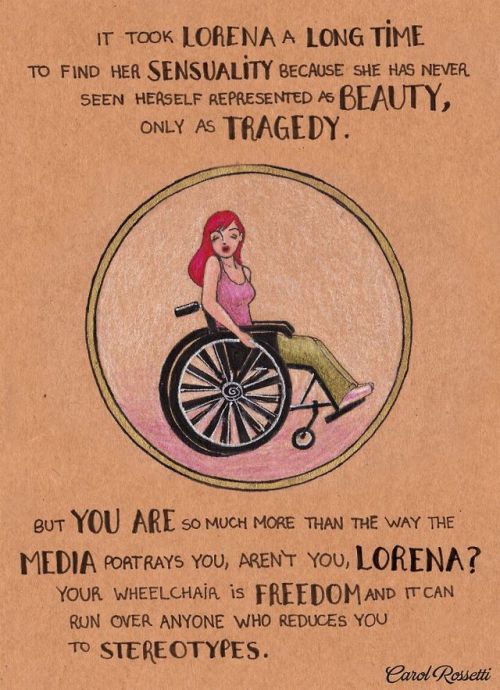
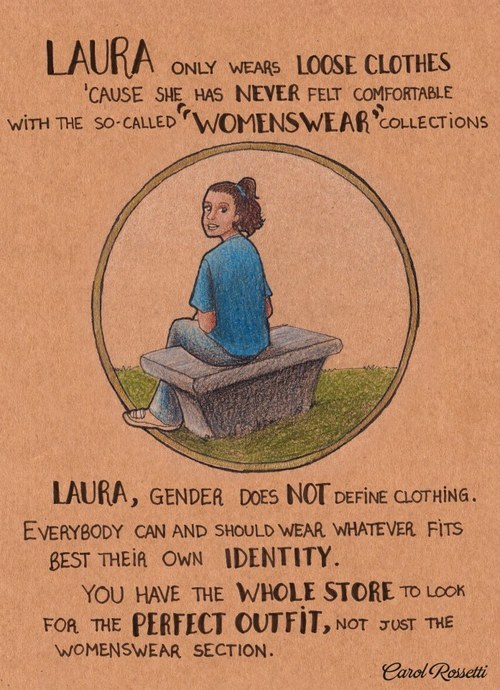
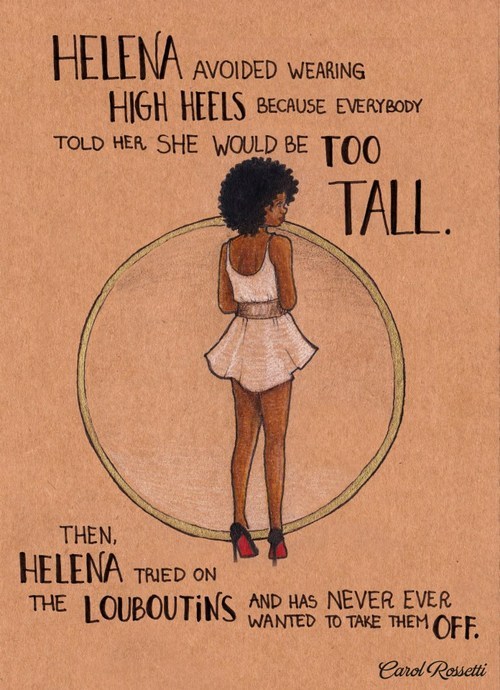
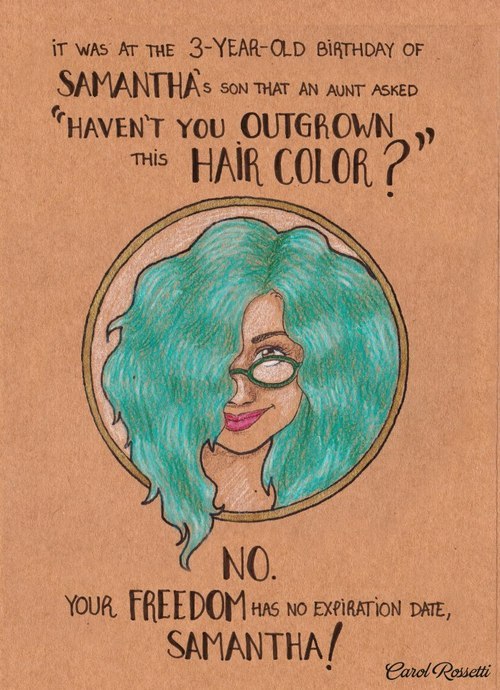
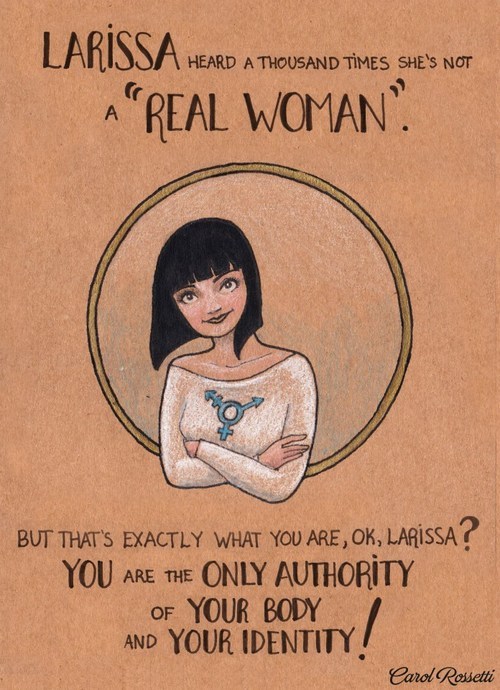
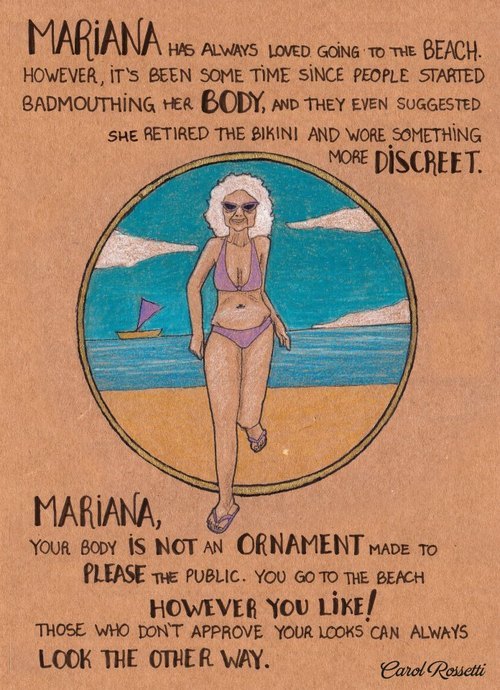

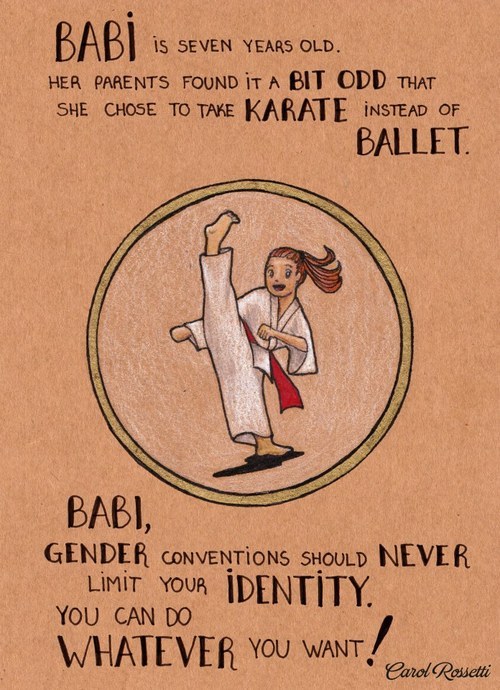

Source
"Image Credit: Carol Rossetti
When Brazilian graphic designer Carol Rossetti began posting colorful illustrations of women and their stories to Facebook, she had no idea how popular they would become.
Thousands of shares throughout the world later, the appeal of Rosetti’s work is clear. Much like the street art phenomenon Stop Telling Women To Smile, Rossetti’s empowering images are the kind you want to post on every street corner, as both a reminder and affirmation of women’s bodily autonomy.
"It has always bothered me, the world’s attempts to control women’s bodies, behavior and identities," Rossetti told Mic via email. "It’s a kind of oppression so deeply entangled in our culture that most people don’t even see it’s there, and how cruel it can be."
Rossetti’s illustrations touch upon an impressive range of intersectional topics, including LGBTQ identity, body image, ageism, racism, sexism and ableism. Some characters are based on the experiences of friends or her own life, while others draw inspiration from the stories many women have shared across the Internet.
"I see those situations I portray every day," she wrote. "I lived some of them myself."
Despite quickly garnering thousands of enthusiastic comments and shares on Facebook, the project started as something personal — so personal, in fact, that Rossetti is still figuring out what to call it. For now, the images reside in albums simply titled “WOMEN in english!" or "Mujeres en español!" which is fitting: Rossetti’s illustrations encompass a vast set of experiences that together create a powerful picture of both women’s identity and oppression.
One of the most interesting aspects of the project is the way it has struck such a global chord. Rossetti originally wrote the text of the illustrations in Portuguese, and then worked with an Australian woman to translate them to English. A group of Israeli feminists also took it upon themselves to create versions of the illustrations in Hebrew. Now, more people have reached out to Rossetti through Facebook and offered to translate her work into even more languages. Next on the docket? Spanish, Russian, German and Lithuanian.
It’s an inspiring show of global solidarity, but the message of Rossetti’s art is clear in any language. Above all, her images celebrate being true to oneself, respecting others and questioning what society tells us is acceptable or beautiful.
"I can’t change the world by myself," Rossetti said. "But I’d love to know that my work made people review their privileges and be more open to understanding and respecting one another."”
From the site: All images courtesy Carol Rossetti and used with permission. You can find more illustrations, as well as more languages, on her Facebook page.
fucking gorgeous
If you’ve never heard this version dear god please press play it will change your life
"Human (Acoustic)," The Killers

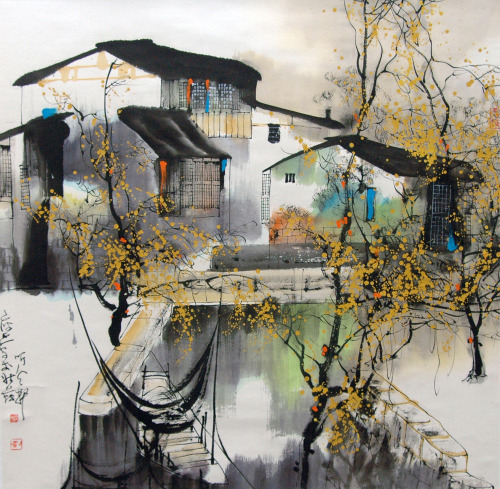




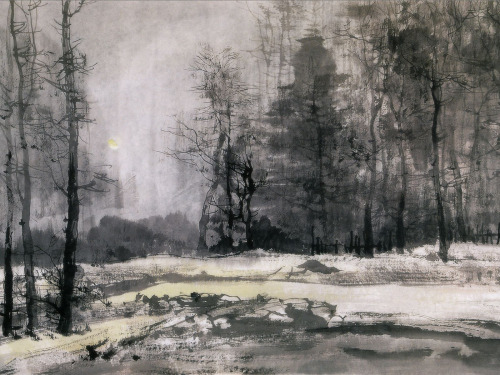

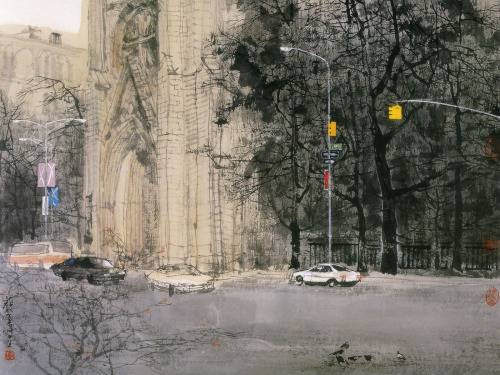

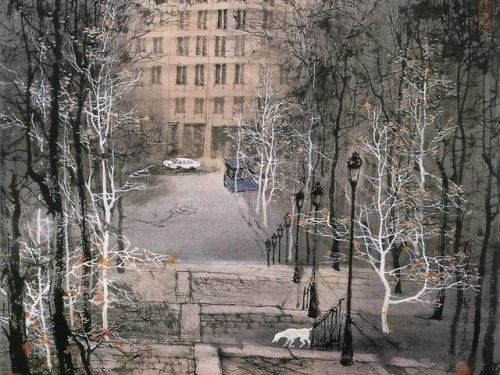
Liu Maochan - a Chinese painter with a touch of French impressionism à la Monmartre. Gorgeous.

Since her death in 1979, the woman who discovered what the universe is made of has not so much as received a memorial plaque. Her newspaper obituaries do not mention her greatest discovery. […] Every high school student knows that Isaac Newton discovered gravity, that Charles Darwin discovered evolution, and that Albert Einstein discovered the relativity of time. But when it comes to the composition of our universe, the textbooks simply say that the most abundant atom in the universe is hydrogen. And no one ever wonders how we know.
Jeremy Knowles, discussing the complete lack of recognition Cecilia Payne gets, even today, for her revolutionary discovery. (via alliterate)
OH WAIT LEMME TELL YOU ABOUT CECILIA PAYNE.
Cecilia Payne’s mother refused to spend money on her college education, so she won a scholarship to Cambridge.
Cecilia Payne completed her studies, but Cambridge wouldn’t give her a degree because she was a woman, so she said fuck that and moved to the United States to work at Harvard.
Cecilia Payne was the first person ever to earn a Ph.D. in astronomy from Radcliffe College, with what Otto Strauve called “the most brilliant Ph.D. thesis ever written in astronomy.”
Not only did Cecilia Payne discover what the universe is made of, she also discovered what the sun is made of (Henry Norris Russell, a fellow astronomer, is usually given credit for discovering that the sun’s composition is different from the Earth’s, but he came to his conclusions four years later than Payne—after telling her not to publish).
Cecilia Payne is the reason we know basically anything about variable stars (stars whose brightness as seen from earth fluctuates). Literally every other study on variable stars is based on her work.
Cecilia Payne was the first woman to be promoted to full professor from within Harvard, and is often credited with breaking the glass ceiling for women in the Harvard science department and in astronomy, as well as inspiring entire generations of women to take up science.
Cecilia Payne is awesome and everyone should know her.
(via bansheewhale)
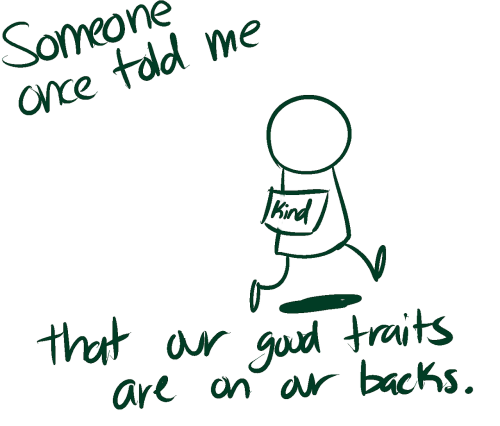
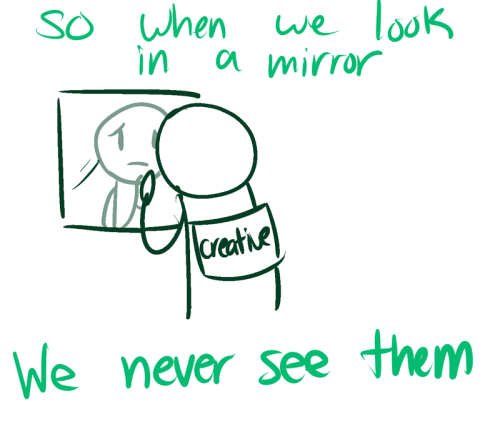
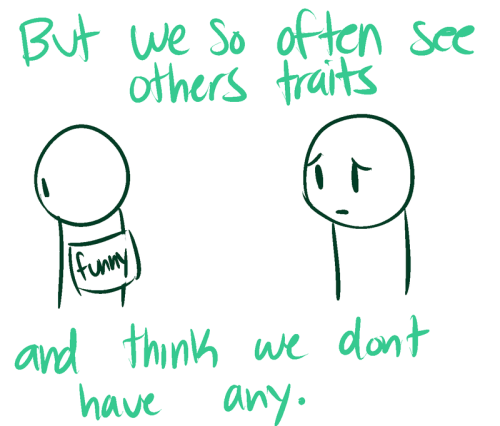

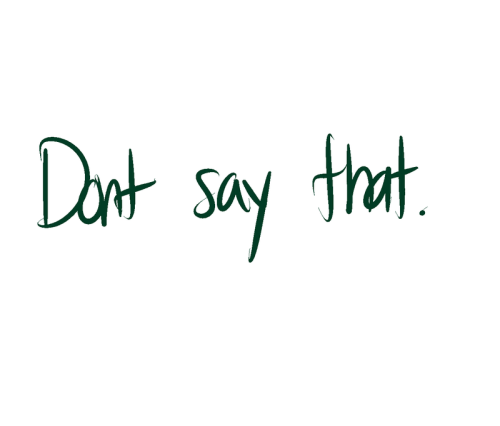

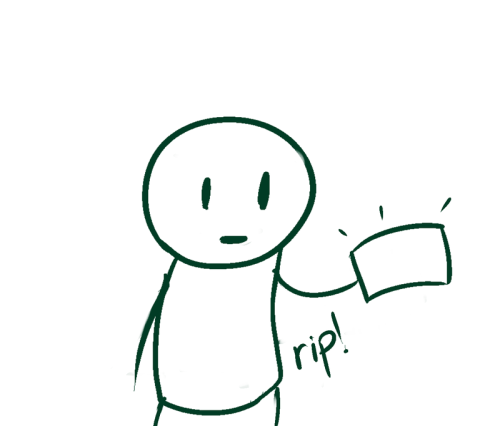
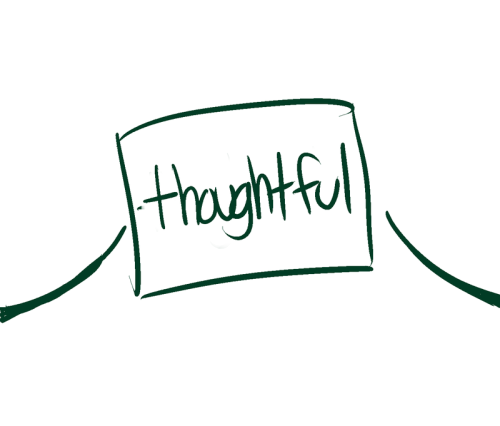


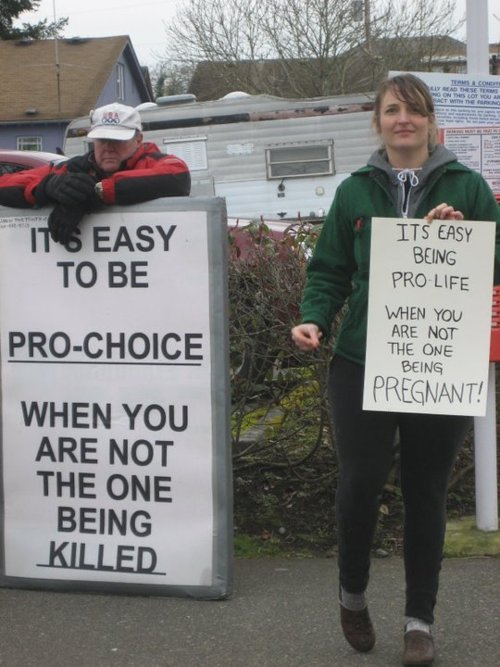
PREACH IT GIRL
